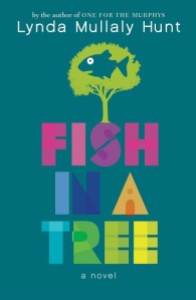Today the library profession begins Banned Book Week! CMLE will provide information to you each day this week, from September 25 − October 1, 2016.
This is the week we band together to draw attention to the issue of books and information being banned from our patrons. As a profession devoted to distributing information, and connecting great materials with our patrons, any sort of censoring of that process is troublesome to us. We support the freedom to read, and intellectual freedom, across genres, platforms, and formats.

Today we are looking at the resources the American Library Association’s website provides to us.
Do you have questions about this topic? A handy Q&A has been provided for you. Talking about censorship, banning books, and restricting freedom to read for some or all patrons can be tough. It can be hard to bring it up in your library with your colleagues, and hard to discuss with patrons. ALA provides you with some content to share and discuss, and some suggestions about spreading ideas of intellectual freedom. You can also follow the ALA’s Office of Intellectual Freedom on Twitter. It is filled with facts and information, as well as fun displays and activities libraries around the country are doing!
How can you get involved in publicizing banned books? Check out this information about making your own videos for the Virtual Read Out! Your library can participate, and you can bring in your patrons if they want to share in the video making experience.
Many libraries are doing interesting programming for this week, and there is a lot of great information being shared in advance. You can look at the things libraries and librarians are contributing here. And you can share the contributions from your library here.
Sadly, book challenges happen all the time, so we need to be aware of banned book information the other 51 weeks of the year. You can get involved, and learn more about the issue – before you have professional problems in your library.
Does all of this make you want to have Banned Book Week swag in your library or for yourself? The ALA has you covered! Check out all the material available, and see what you might want now, or get started planning out next year’s displays!
Intellectual freedom is a continuing struggle, and libraries of all sorts are on the front lines. You need support and information to help you in providing the best possible resources to your community, and CMLE and the ALA are here to help you!







